Do I need the 100 ohm resistor in the below circuit? Is there any problem if I don't use it?

Do I need the 100 ohm resistor in the below circuit? Is there any problem if I don't use it?

Yes, you need it.
If you don't have it, some part of your circuit will burn out and be destroyed. Which part will actually go "poof" or "bang" first can't really be predicted.
You've been told before, but I'm going to tell you again:
That circuit can kill you.
You must operate that thing in an enclosed box.
Do not allow any user to touch any electrical part of that thing when it is operating.
If you connect the output of that thing to another device, then that device can now kill you, and should be enclosed when operating.
You must assume all parts of that thing to be at line voltage.
You should find a safer powersupply circuit to build.
There is a lot of PACKAGING INFO that you are not telling us that lead up to your overheating failures. All parts serve a different purpose.
But with the right parts, in the right thermally convection air-cooled, but double-insulated behind the wall along with your LEDs or loads out of harm's way, it can be safe, but packaging design is not shown. I suspect with the care taken in your schematic, that the heat-rise in packaging lead to cascaded infant failures.
If done wrong such as reversing line and Neutral and touch LED "0V", or common mode transient... poof! zap!.
This shows you the actual REACTIVE and REAL power of each part.

This design lacks:
But still can be made to work!